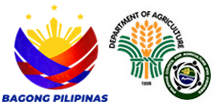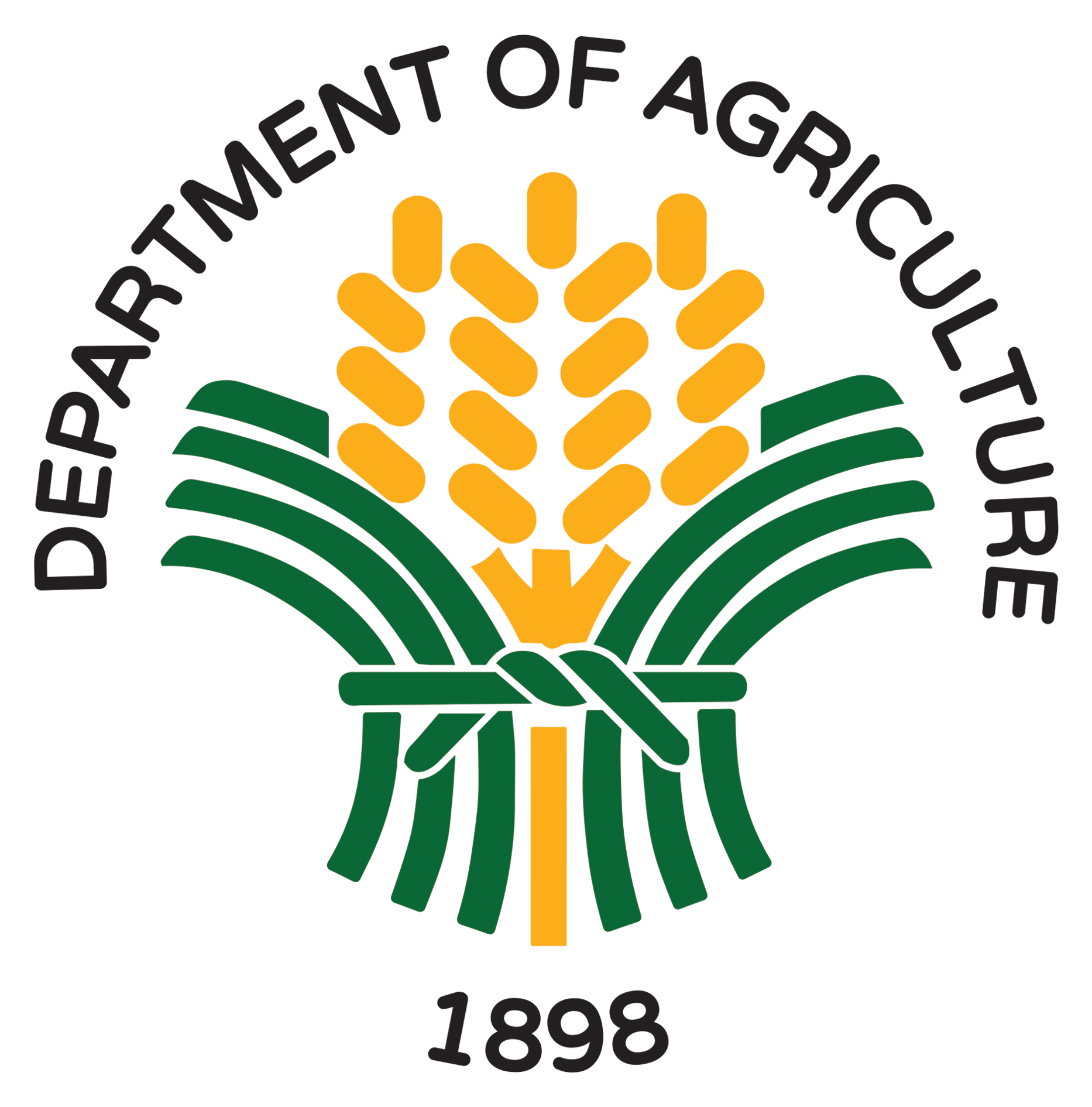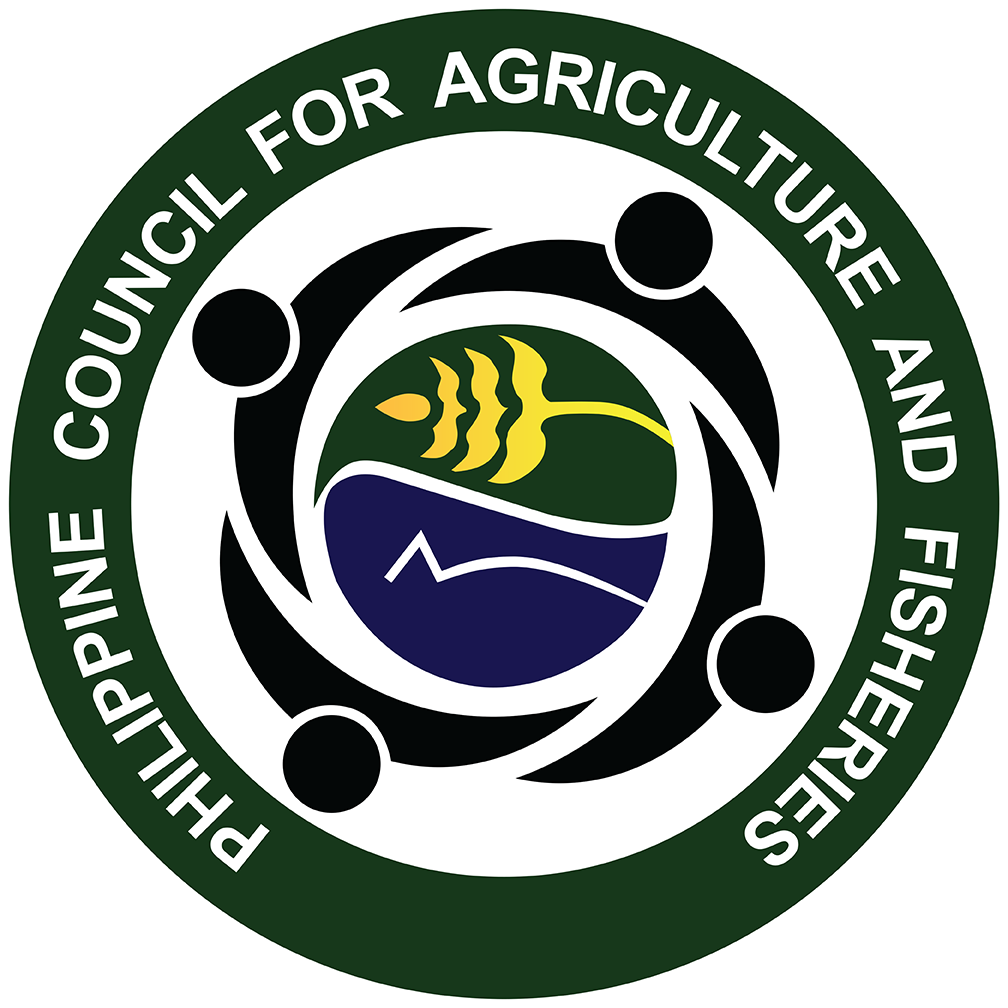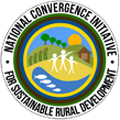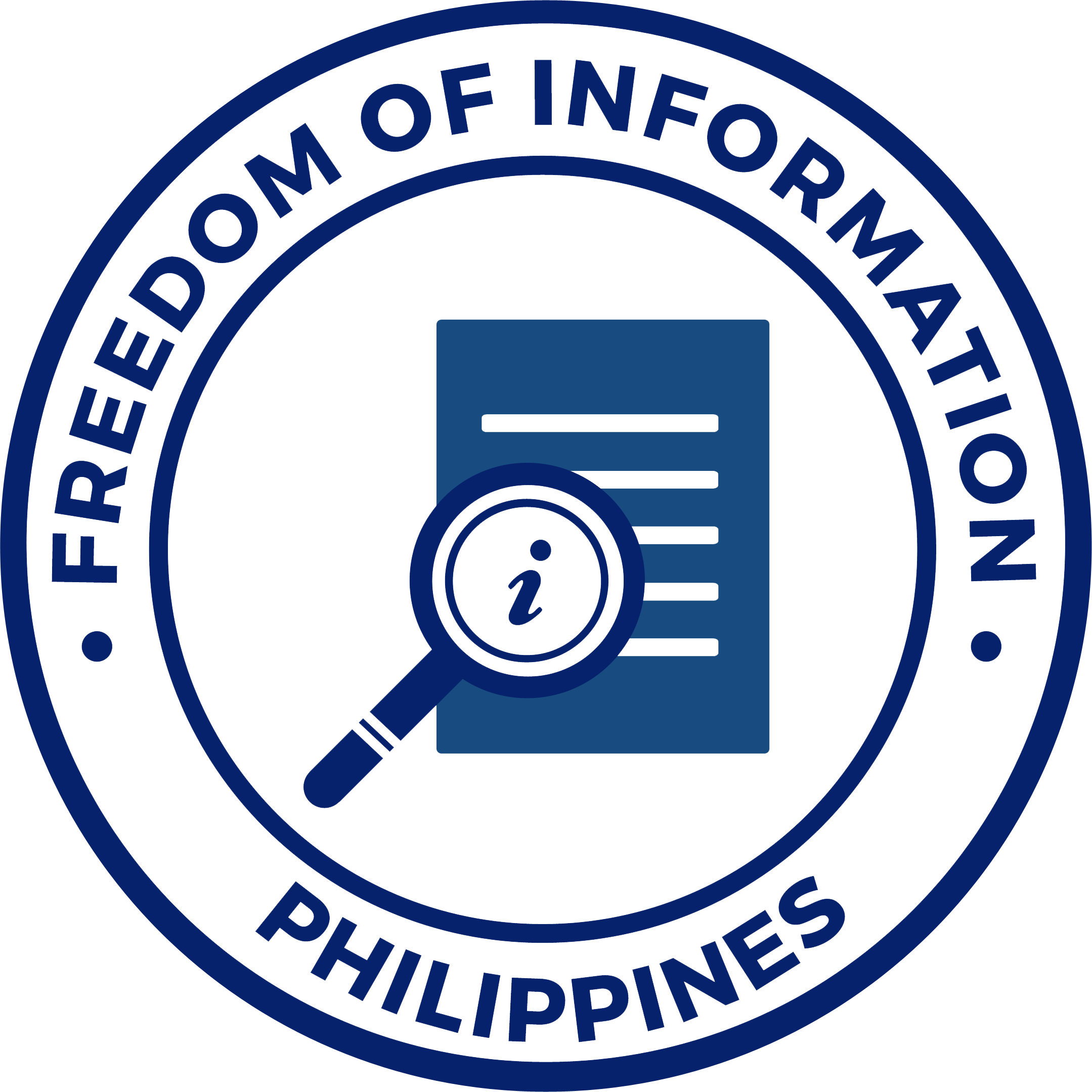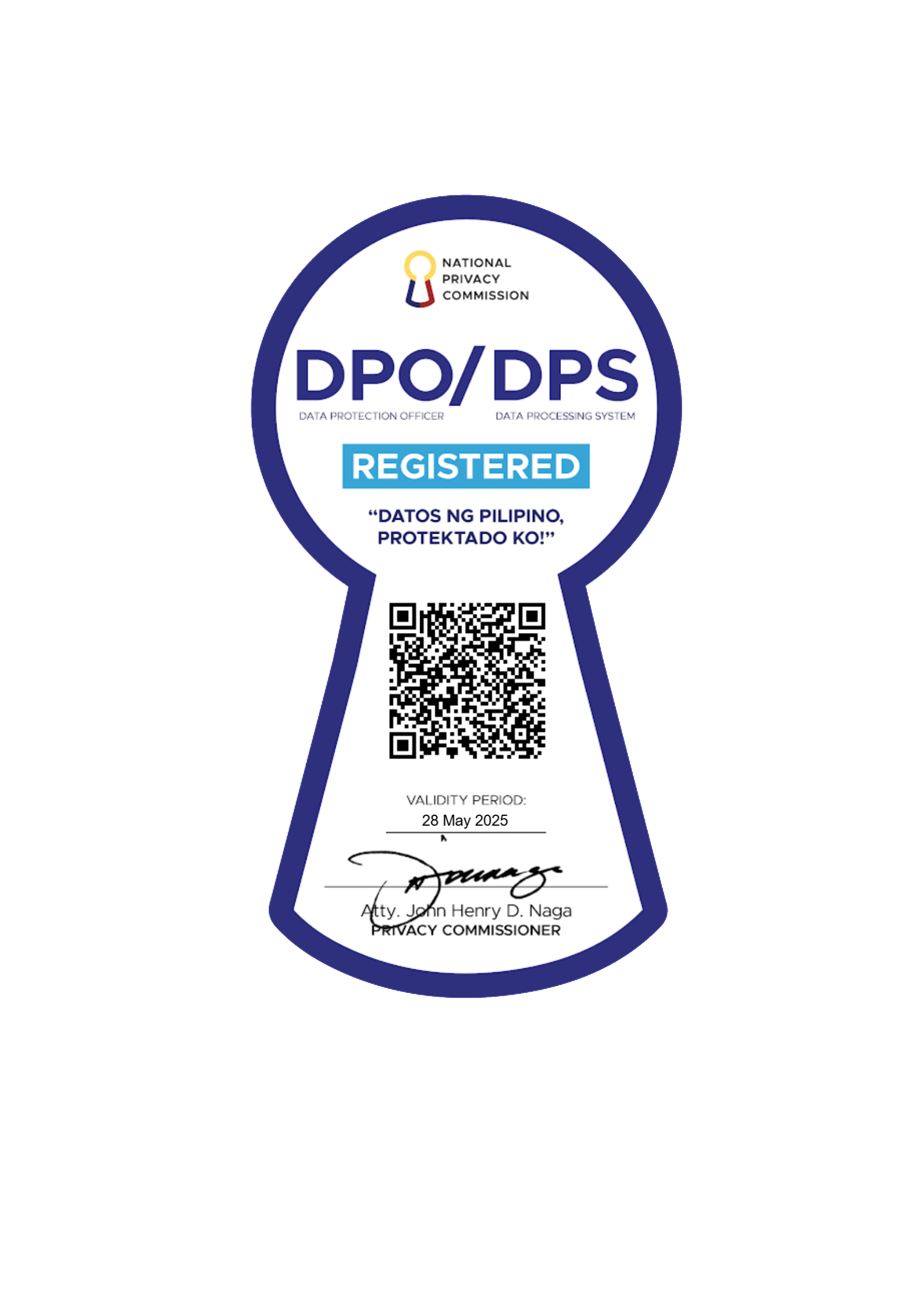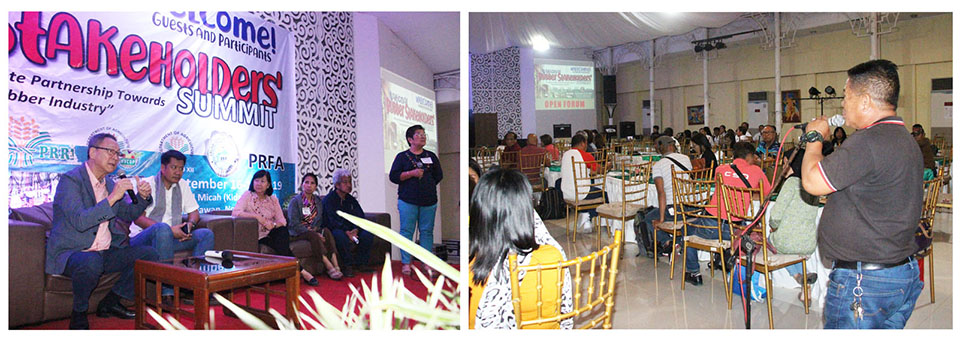
Rubber stakeholders appealed to intensify government support in providing better loan and grant programs that will help bring quality rubber planting materials and processing equipment at the National Rubber Stakeholders’ Summit in Kidapawan City, North Cotabato on September 16 to 19, 2019.
With the theme “Harnessing Public-Private Partnership Towards Sustainable Rubber Industry”, the Summit brought over 200 rubber stakeholders from all over the country to discuss the status, issues and challenges, and prospects of the industry.
“There is lack of access of smallholders to financing facilities and rubber farmers are tied up to cash advances from traders,” said Department of Trade and Industry SOCCSKSARGEN Regional Director and National Rubber Industry Cluster Coordinator, Dr. Sitti Amina Jain in her presentation.
In addition, she identified internal and external factors that challenges the industry.
Internal factors include: the continuous use of rubber seedlings for planting or replanting; use of traditional plantation technology; low productivity due to the absence of farmers’ mechanization; absence or lack of working capital to invest in village-level processing, absence of appropriate warehouse facility for storage; struggle to create the Philippine Rubber Development Board, and the inappropriate statistics provided to international organizations.
Some of the external factors presented were: unpredictability of natural rubber (NR) price, the United States-China trade war, China’s slowdown NR demand, currency depreciation of major NR-exporting countries, occurrences of diseases in some rubber producing countries, and technology development of other countries.
The Summit also paved the way to create awareness among participants on the various rubber programs and projects implemented by public and private entities, and address the concerns of the stakeholders and gather policy recommendations during the breakout sessions that could address the concerns of the stakeholders towards a sustainable rubber industry.
Various programs and projects through public-private partnership include Department of Environment and Natural Resources-Forest Management Bureau’s “Expanded and Enhanced National Greening Program” which presented by Jinia Yaneza; Department of Agrarian Reform’s “Support for Rubber Development in Selected Agrarian Reform Areas” by Chief Agrarian Reform Program Officer Soledad Peralta; and Bureau of Soils Water and Management’s “Land Resources Evaluation and Suitability Assessment of Rubber Areas” by Project Leader Bernardo Pascua.
The University of Southern Mindanao (USM) also have the “National Seed Industry Council Registered Rubber Clones” which was presented by the university Consultant Dr. Romulo Cena; Technical Education and Skills Development Authority Zamboanga Peninsula’s “National Certificate II: Rubber Production Qualification” presented by Vincent Aljon Cifra; the “Philippine Rubber Information Management System (PRIMeS)” presented by PCAF Deputy Executive Director John Pagaduan, and Farma Rubber’s “Global Market Pricing of Rubber” which was presented by Vice President for Marketing Ellen Tan-Go.
Other presenters also reported topics that could sustain the industry through research and development. These include DA-RFO Zamboanga Peninsula’s “Rubber Research Activities Agenda for 2019-2020” presented by Engr. Roger Bagaforo; and Department of Science and Technology-Philippine Council for Industry, Energy and Emerging Technology Research and Development’s “Status and Impact of the Rubber Testing Laboratories” presented by Mary Grace Buenavides.
The Summit also presented opportunity of connecting women in the rubber value chain through “Gender and Development in the Rubber Industry” presented by USM Professor Adeflor Garcia, and “Women in the Rubber Value Chain” presented by Farma Rubber’s Tan-Go.
It also created linkages to credit and financial support programs for the industry through Land Bank of the Philippines-SOCCSKSARGEN’s “Rubber Production Loan” which was presented by Rodolfo Macahig, Jr.; DA-Agricultural Competitiveness Enhancement Fund’s “Agricultural Competitiveness Enhancement Fund” presented by Technical Staff Amado Ersando; and Philippine Crop Insurance Corporation SOCCSKSARGEN’s “Crop Insurance Program for Rubber” presented by Division Chief Rosalina Grabulan.
Meanwhile, DA Undersecretary for High Value Crops and Rural Credit Evelyn Laviña shared DA Acting Secretary William “Manong Willy” Dar’s eight paradigm of the “New Thinking” to have a “Masaganang Ani” and “Mataas na Kita”, thus urging the participants to submit policy recommendations that could improve the rubber industry.
“This is just the overall outlook of the eight paradigms. First, we need modernization of agriculture, then industrialize to create economy of scale. Kahit na most of our farmers only have half a hectare, pwede silang mag-consolidate para magkaroon ng economy of scale,” said Usec. Laviña.
She also mentioned that to get the full benefit of modernization through mechanization, small farms should be converted into contiguous farms. Usec. Laviña also stressed that aside from strengthening farmers’ associations, there is really a need to go back and review the Rubber Industry Development Roadmap and promote quality rubber products.
“So if ever, we can’t export (rubber), our production should still aim for export quality. Kahit na local yung buyer natin, our production should be of quality,” she added.

The Summit was initiated by the Philippine Council for Agriculture and Fisheries (PCAF)-Rubber Industry Development Sub-Committee, in partnership with the Philippine Rubber Research Institute, Department of Agriculture (DA)-High Value Crops Development Program (HVCDP), DA Regional Field Office (RFO) SOCCSKSARGEN, Philippine Rubber Farmers’ Association, and Provincial Office of the North Cotabato.
Aside from the presentations, the Summit also gathered the participants in a field enhancement exposure at the Platinum Rubber Development, Inc. in Makilala, North Cotabato where they witnessed how the company applies the “improved” technology in rubber plantation management. (see related article about “improved” technology)
Some of the scenes during the Field Enhancement Exposure at Platinum Rubber Development, Inc.
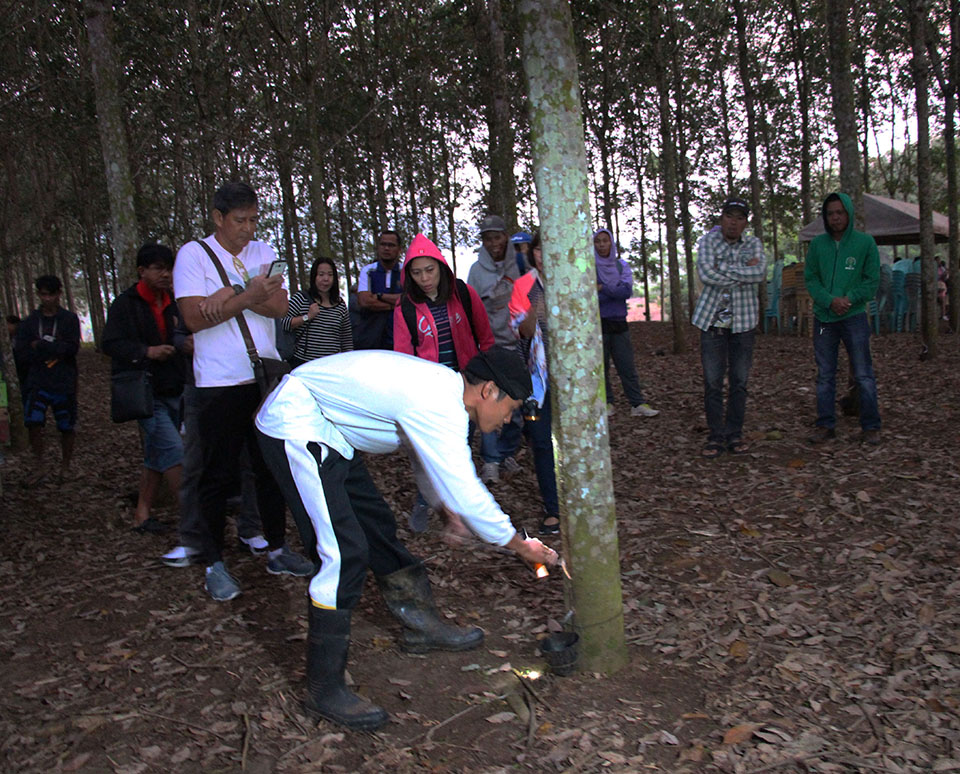
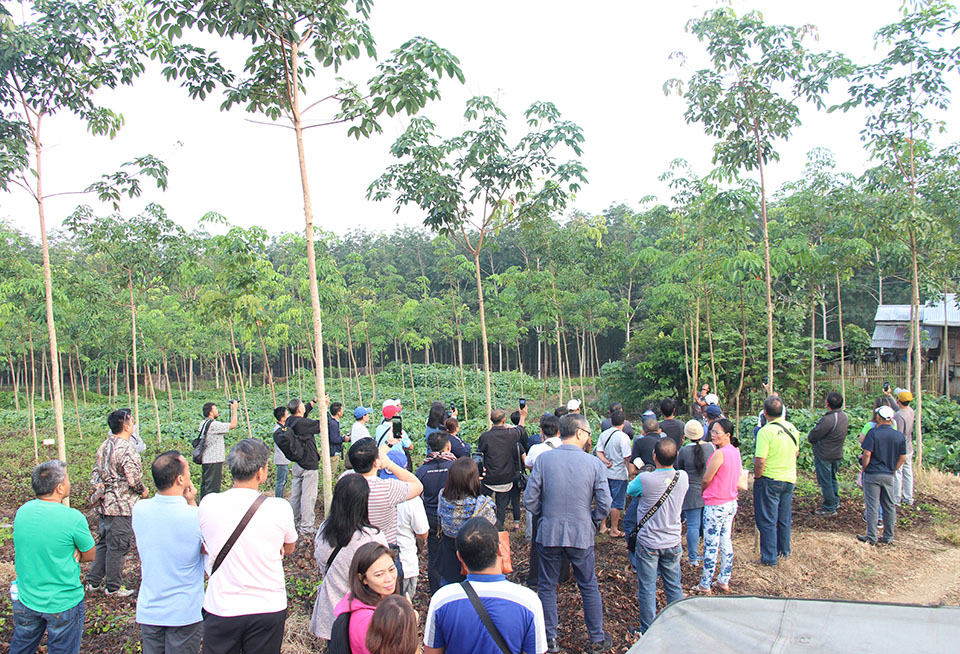

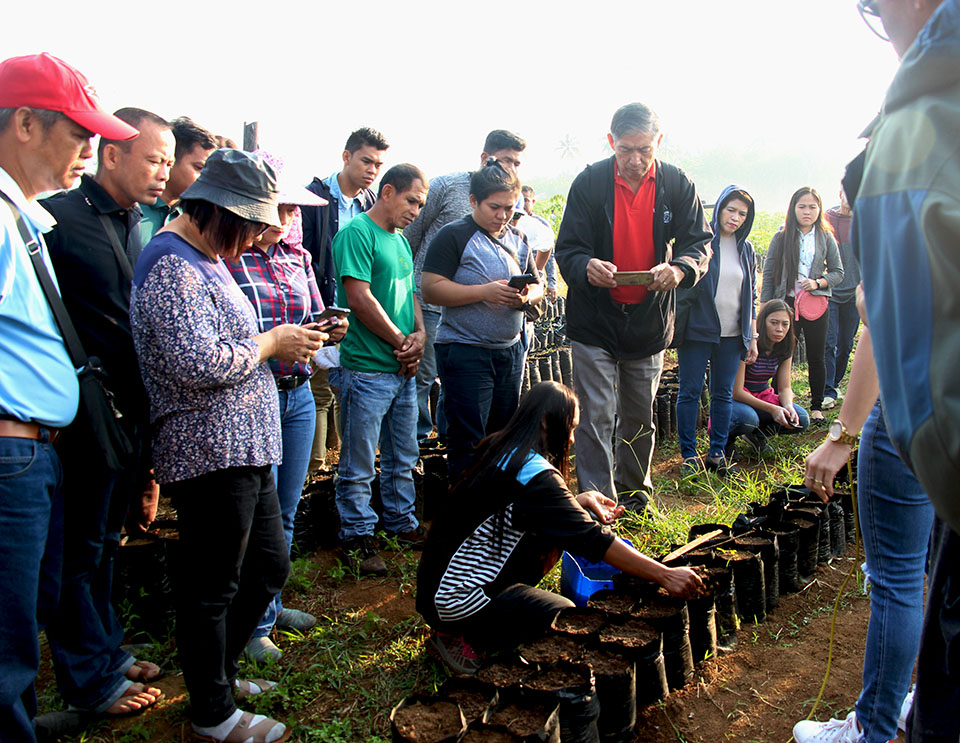
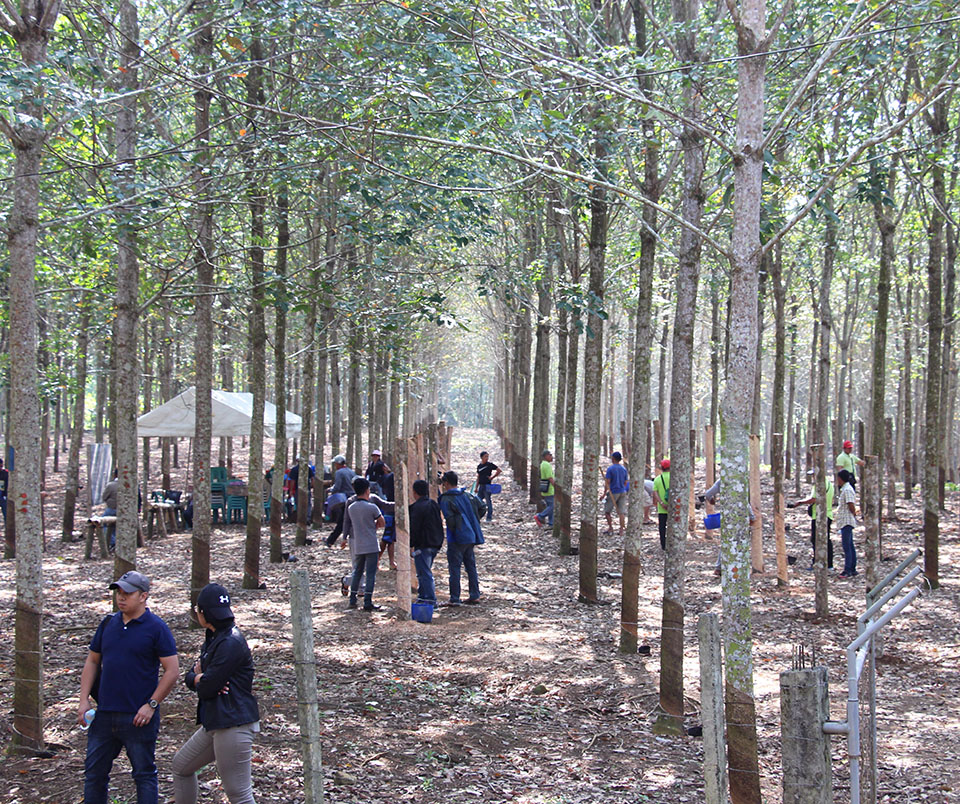
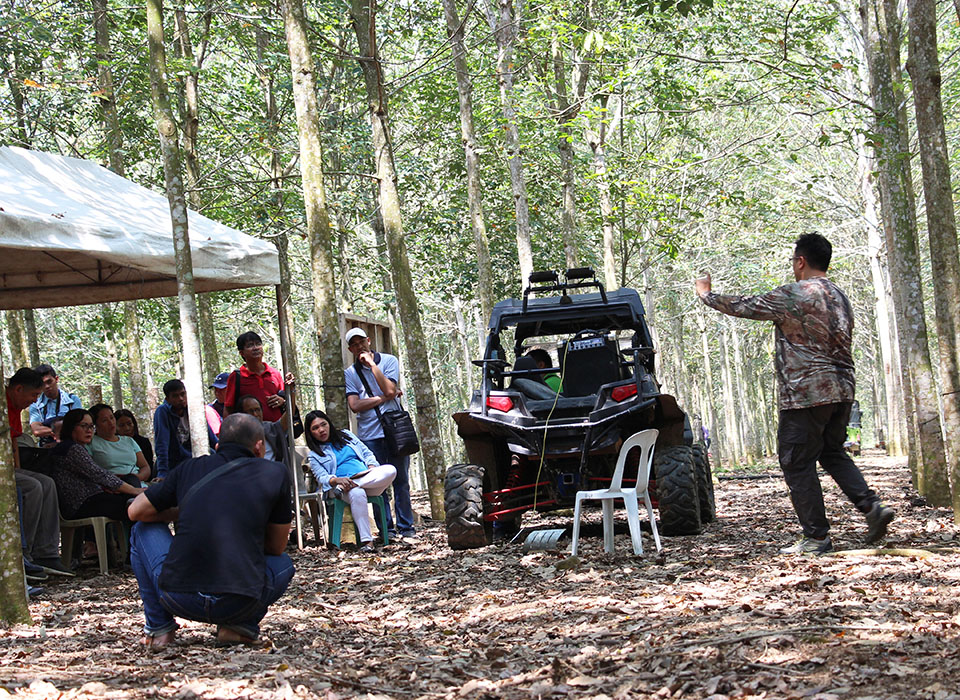
| JC
